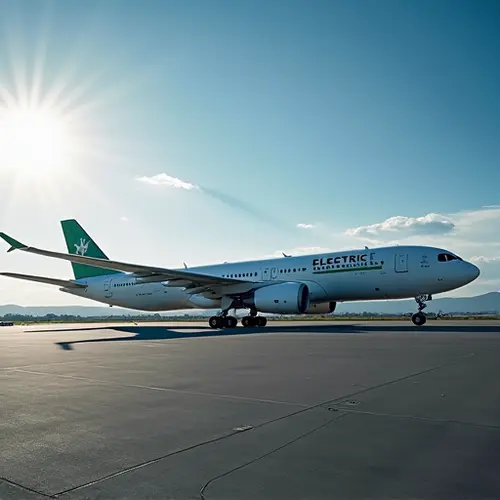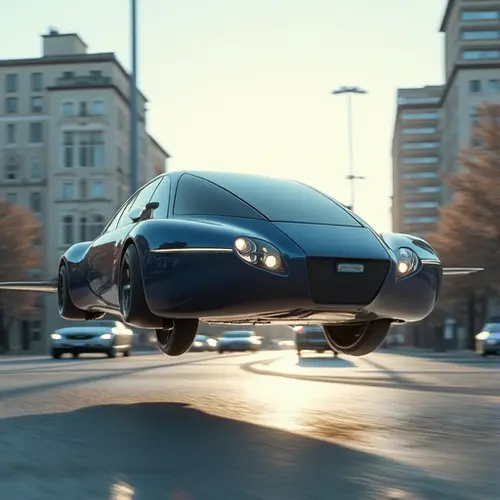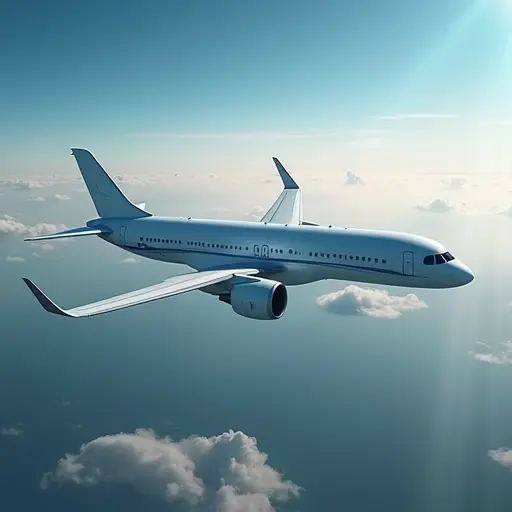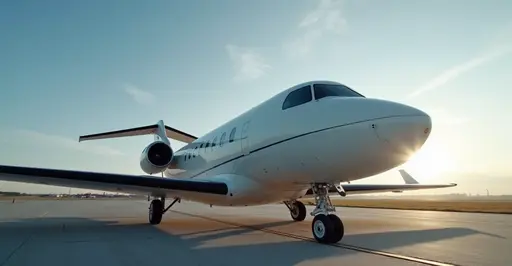Global aviation regulators have published comprehensive certification guidelines for electric aircraft, establishing safety standards for zero-emission planes. The FAA and EASA guidelines cover battery systems, flight performance, and integration requirements.

Regulators Set New Safety Standards for Electric Aviation
Global aviation authorities have taken a major step forward in the transition to sustainable air travel by publishing comprehensive certification guidelines for electric aircraft. The Federal Aviation Administration (FAA) and European Union Aviation Safety Agency (EASA) have released detailed safety standards that will govern the certification of zero-emission airplanes, marking a significant milestone in the development of electric aviation technology.
Breaking New Ground in Aircraft Certification
The new guidelines, particularly the FAA's Advisory Circular AC 21.17-4 issued in July 2025, provide manufacturers with a clear pathway to certification for electric vertical take-off and landing (eVTOL) aircraft and other electric-powered designs. These standards apply to aircraft with maximum gross weights of 12,500 pounds or less, carrying up to six passengers, and powered by battery-electric engines.
'This represents a fundamental shift in how we approach aircraft certification,' said aviation safety expert Dr. Sarah Chen. 'For the first time, we have comprehensive standards specifically designed for electric propulsion systems rather than adapting existing regulations for combustion engines.'
Key Safety Requirements
The certification framework addresses several critical safety areas unique to electric aircraft. Battery system safety receives particular attention, with requirements for thermal management, fire protection, and redundancy systems. The guidelines mandate that electric aircraft must demonstrate equivalent safety levels to conventional aircraft while accounting for the unique characteristics of electric propulsion.
According to the EASA certification approach, manufacturers must demonstrate that their aircraft can safely manage electrical power systems, including battery management and electrical engine power units. The standards also cover flight performance across all operational regimes, noise compliance, and human factors considerations.
Industry Response and Implementation
Major aircraft manufacturers have welcomed the new guidelines as providing much-needed clarity for their development programs. Companies like Eviation, Joby Aviation, and Heart Aerospace have been working on electric aircraft designs for years and now have a regulatory framework to guide their certification efforts.
'Having clear certification standards is crucial for accelerating the adoption of electric aviation,' stated Mark Johnson, CEO of Eviation Aircraft. 'These guidelines give us the confidence to move forward with production while ensuring the highest safety standards for our passengers.'
The certification process builds on EASA's pioneering work with the Pipistrel Velis Electro, which became the world's first type-certified electric aircraft in 2020. That successful certification provided valuable lessons that have informed the current guidelines.
Technical Challenges and Solutions
Electric aircraft present unique technical challenges that the new guidelines address comprehensively. Battery technology remains a primary focus, with requirements for energy density, charging systems, and thermal runaway protection. The standards also cover electrical system integration, electromagnetic compatibility, and the interface between traditional aircraft systems and new electric propulsion components.
As noted in the SAE technical paper on hybrid electric aviation safety, proper integration of propulsion battery systems with aircraft systems is critical for achieving safety objectives. The new certification guidelines provide methodologies for validating system architecture and ensuring robust safety integration.
Global Alignment and Future Outlook
The FAA and EASA have worked closely to align their certification approaches, reducing regulatory barriers for manufacturers seeking approval in multiple markets. This international cooperation reflects the global nature of the aviation industry and the shared commitment to advancing sustainable aviation technologies.
'We're seeing unprecedented collaboration between regulatory agencies worldwide,' observed aviation analyst Maria Rodriguez. 'This alignment will help accelerate the development and deployment of electric aircraft while maintaining the high safety standards that passengers expect.'
Looking ahead, industry experts predict that these certification guidelines will enable the first commercial electric aircraft operations to begin within the next few years. Regional electric aircraft and urban air mobility vehicles are expected to be the first beneficiaries, with larger electric airliners following as battery technology continues to improve.
The publication of these comprehensive certification guidelines represents a watershed moment for electric aviation. By establishing clear safety standards and certification pathways, regulators have provided the foundation for a new era of sustainable air travel that promises reduced emissions, lower operating costs, and quieter flight operations.

 Nederlands
Nederlands
 English
English
 Deutsch
Deutsch
 Français
Français
 Español
Español
 Português
Português









